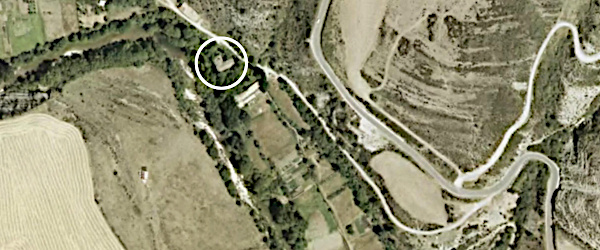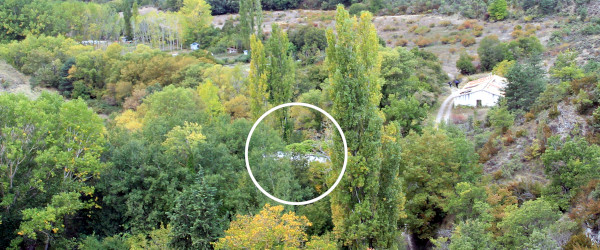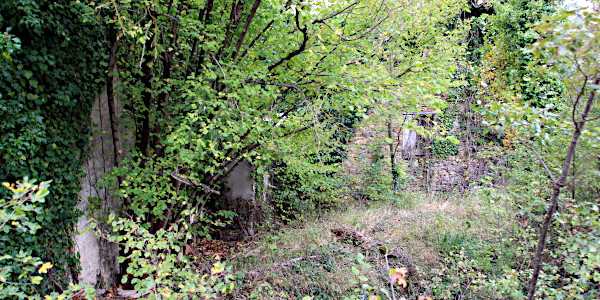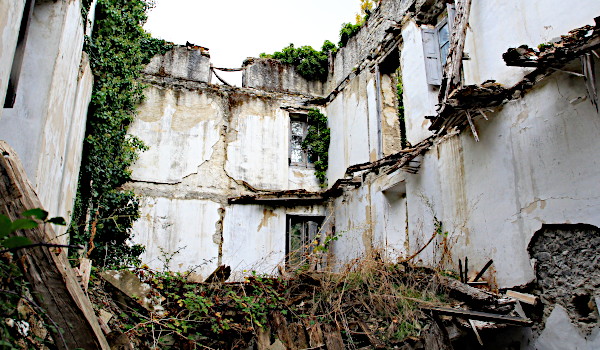The article (
†, in Spanish) gives a very detailed history of the mill and its operators. We will only mention a few points here.
⦿ In the mid-19th century a new mill was built on the ruins of an older one. The mill had one pair of stones. The history is very complex with many different owners and agreements between them.
However, in 1929 the mill was doing well and it was decided to install a flour factory using the Austro-Hungarian milling system.
Contrary to expectations, the factory was never profitable.
⦿ The old stones would from now on be used to grind animal feed. A saw mill was also installed.
The stones came from Alexandre Fauqueux of La Ferté.
We have seen the same company in f.e. Paternoy, and
Las Almunias de Rodellar.
⦿ In 1901 an agreement was signed with
Ramón Trullás (
‡) for public lighting in Salvatierra and in the village of Burgui 7 km to the North. In 1912 the network was extended to Castillonuevo (West). Lorbés (East) and Sigüés (South) would also be served.
⦿ The power station was located on the ground floor. The turbine worked half days and provided light to the aforementioned villages only at night. During winter when there was intense frost, the water supply was cut off, paralyzing the turbine, leaving the four without electricity.
⦿ The authors visited the site in December 1998. They reported:
The stones were worn out and showed signs oxidation. Amongst the rubble old hoppers and wooden measures all rotten.
The turbine corroded. The floor ready to collapse; the roof similar.





